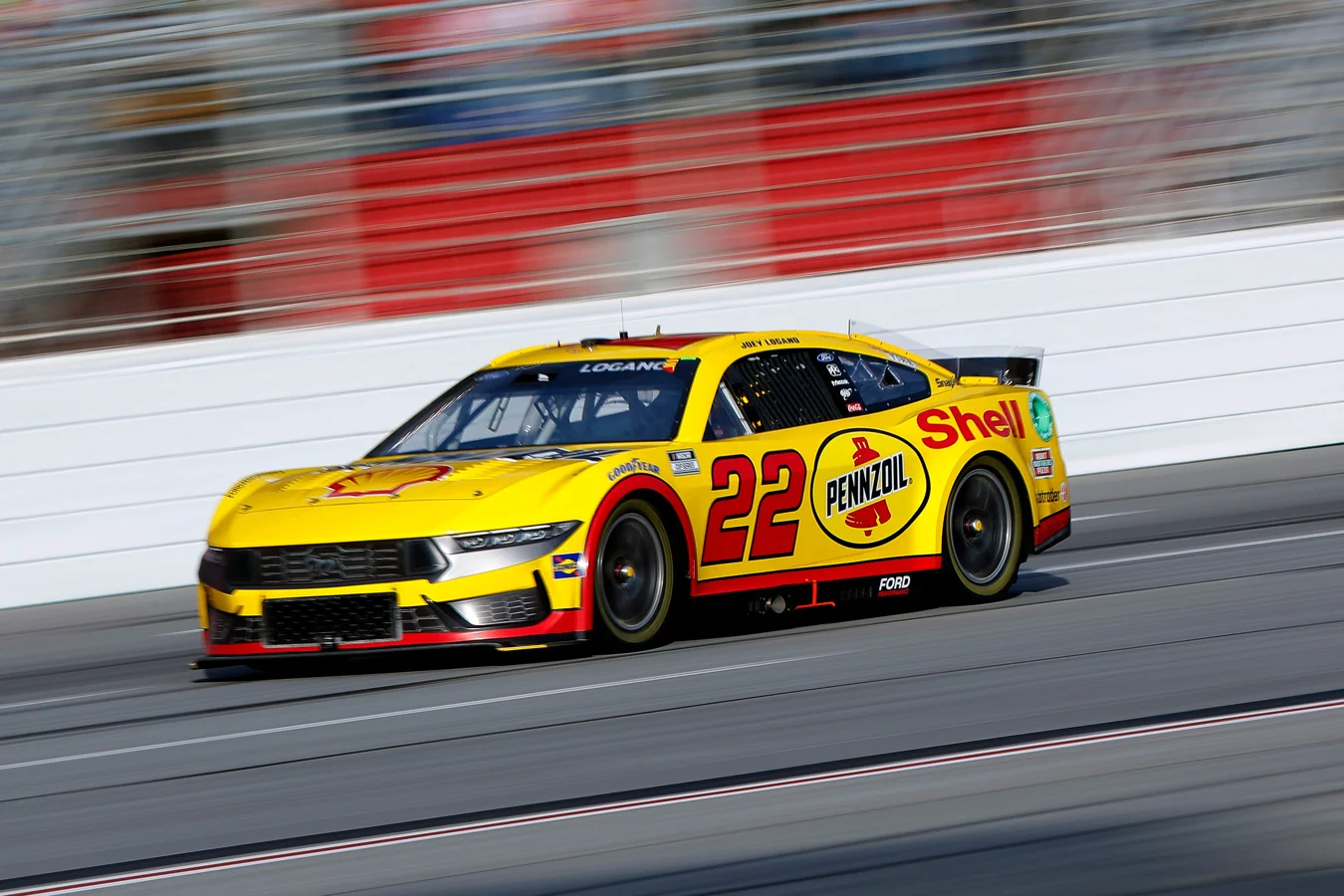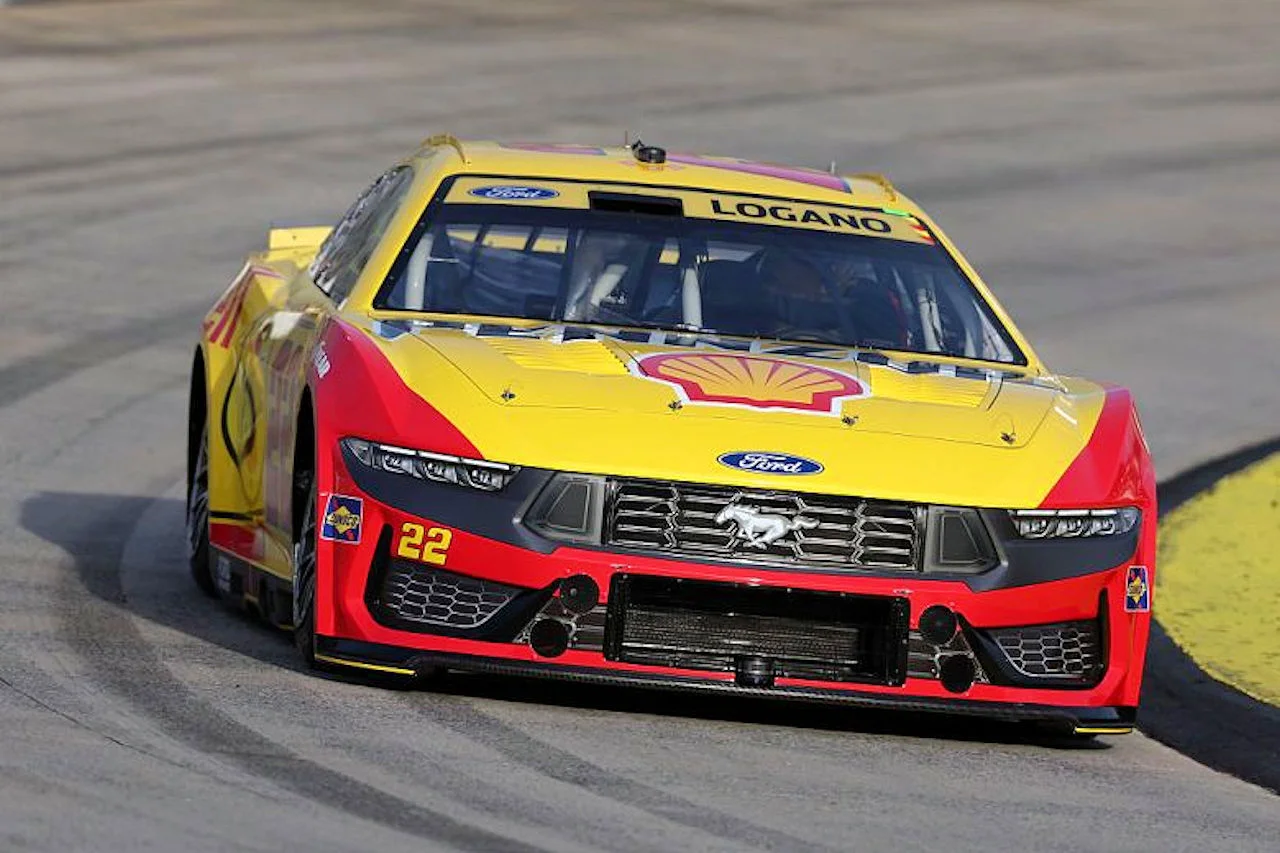The introduction of NASCAR’s Next Gen vehicles in 2022 brought sweeping changes to the Cup Series, challenging both veterans and newcomers and raising debate over who truly benefits. Joey Logano, a prominent voice and two-time Cup Series champion, has argued passionately that the “Joey Logano Next Gen Advantage” gave younger drivers a significant edge, especially in the transition’s early years.
Radical Overhaul Reshapes NASCAR’s Competitive Landscape
The debut of the Gen 7 car marked a turning point for the series, as standardized parts, altered aerodynamics, and an entirely new feel forced the paddock to adopt fresh approaches. Longstanding expertise that drivers developed throughout countless laps in the older Gen 6 machines seemed rapidly obsolete. This wave of change disrupted the standard learning curve, as established Cup Series drivers found their years of accumulated experience suddenly less valuable for finding speed and consistency. According to Joey Logano, adapting required a total mental reset, erasing muscle memory and prior instincts shaped by the previous generation of cars.
The other car was very unique. It took years to get your head wrapped around it … when the Next Gen car was introduced all of that knowledge that the experienced guys had got wiped away back to zero. … You had to unlearn how to restart, how to pass cars, how your car is going to migrate …
– Joey Logano

Under the previous generation, mastering the car’s nuanced handling, fine-tuning balance, and managing tires demanded substantial seat time. Newcomers had to invest entire seasons to reach a competitive edge, learning the quirks through trial, error, and experience. This steeper curve acted as a natural buffer for veterans, protecting their accumulated know-how against rapid changes in the driver lineup.
The arrival of cars with uniform specs, however, shifted that dynamic. The ability to start afresh favored youth and versatility. As a result, NASCAR began to witness an influx of younger talents, like Connor Zilisch, being promoted to top-tier duties sooner with the belief that they could more quickly adjust to Gen 7’s demands.
Examples Prove Case for Swift Adaptation
Joey Logano has consistently pointed to international drivers, especially Shane Van Gisbergen, to underscore how quickly newcomers can excel with the new platform. Van Gisbergen, hailing from Supercars—a category whose cars feature similar characteristics to NASCAR’s Next Gen builds—entered the Cup Series and made an immediate impact on ovals and road courses alike.
He’s able to jump into a cup car and win immediately because it felt like home to him.
– Joey Logano
Van Gisbergen’s results validate this claim: he led laps and collected wins at venues like Chicago Road Course almost instantly after his debut. In 2025 alone, he racked up not only multiple victories but also a string of consistent top-five and top-ten results, something rarely seen among rookies in earlier years. This meteoric rise indicates the doors the Next Gen cars have opened for racers with relevant experience, regardless of their prior NASCAR background.
Logano further argues that such pace would have been impossible in the previous era, when adapting to the Gen 6’s nuanced handling was a painstaking process:
It would have taken a little bit longer … with the old car … the little nuances about it.
– Joey Logano
The contrast with the past is stark: before the overhaul, drivers like Van Gisbergen would have faced a lengthier adaptation period, hampered by the need to master subtleties that separated veterans from rookies. Now, a solid skillset transfers more immediately—an unprecedented shift that has recalibrated how NASCAR teams spot and nurture new talent.
The Field Narrows as Teams Refine Their Approach
As the series enters its third season under Next Gen regulations, the initial gap between young chargers and veterans appears to be narrowing. Teams have been amassing vast troves of setup data, learning the car’s variables in detail, and sharing insights up and down the garage. This relentless progress has brought familiarity, defending against the notion of a permanent “Joey Logano Next Gen Advantage.”
Joey Logano’s argument—compelling early on—appears to have lessened in impact as years pass. The competition now revolves around not just raw adaptability, but also strategic mastery, diligent preparation, and the ability to keep up with the sport’s rapid innovation curve. Youthful energy remains an asset, but so does the experience of drivers and crews who have spent seasons steadily improving their understanding of the platform.
This evolving equilibrium has led observers to question whether the initial advantage for fresh faces will persist. What once seemed to be a clear generational turning point now looks more like a continually shifting contest, shaped by whoever is most capable of evolving alongside the sport itself.
Persistent Evolution Ensures Competitive Unpredictability
The adaptation to NASCAR’s Next Gen cars demonstrates how even a dramatic change in equipment can disrupt the balance between experience and youthful vigor. While drivers like Shane Van Gisbergen and Connor Zilisch have capitalized on the opportunity to rise quickly, seasoned competitors such as Joey Logano emphasize the importance of constant reinvention. Both veterans and newcomers find themselves compelled to embrace new methods, refine old habits, and unlock every secret of the evolving technology.
The ongoing saga of the Next Gen era suggests that as knowledge and data accumulate, the most successful will be those willing to evolve—regardless of age or background. For NASCAR, this sets the stage for an unpredictable and electrifying future, with each race—and racer—scrambling to stay ahead in a sport forever defined by its appetite for change.
Shane van Gisbergen wins on the Charlotte Roval!
Also … DENNY HAMLIN AND ROSS CHASTAIN GET TOGETHER ON THE LAST LAP. Chastain backs across the finish line. But it wasn't enough. pic.twitter.com/Vo89xzNC5d
— FOX: NASCAR (@NASCARONFOX) October 5, 2025
